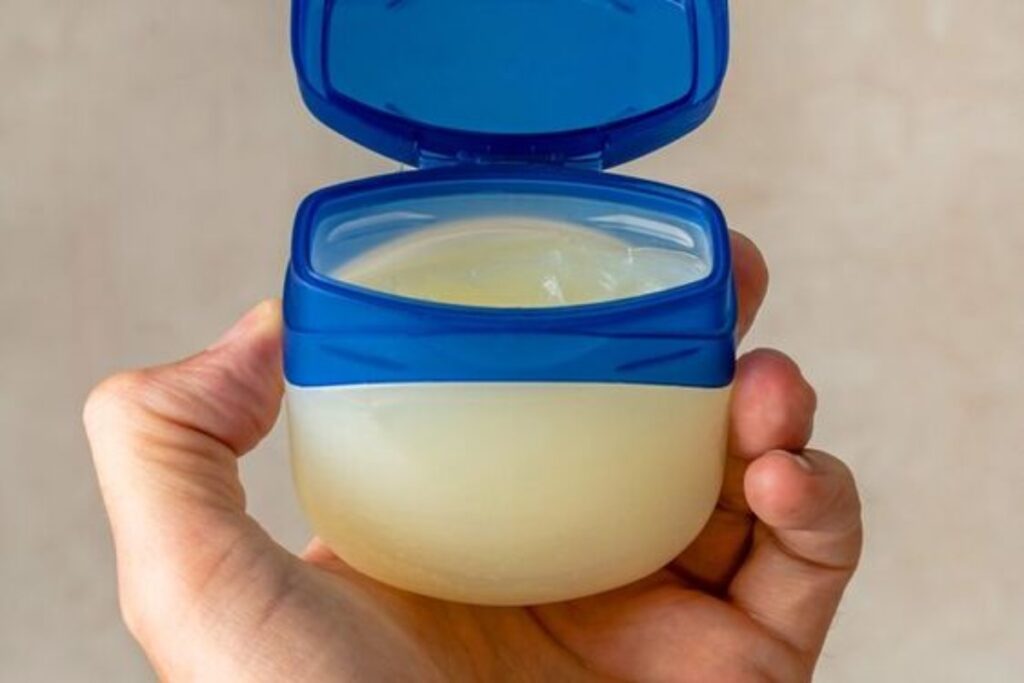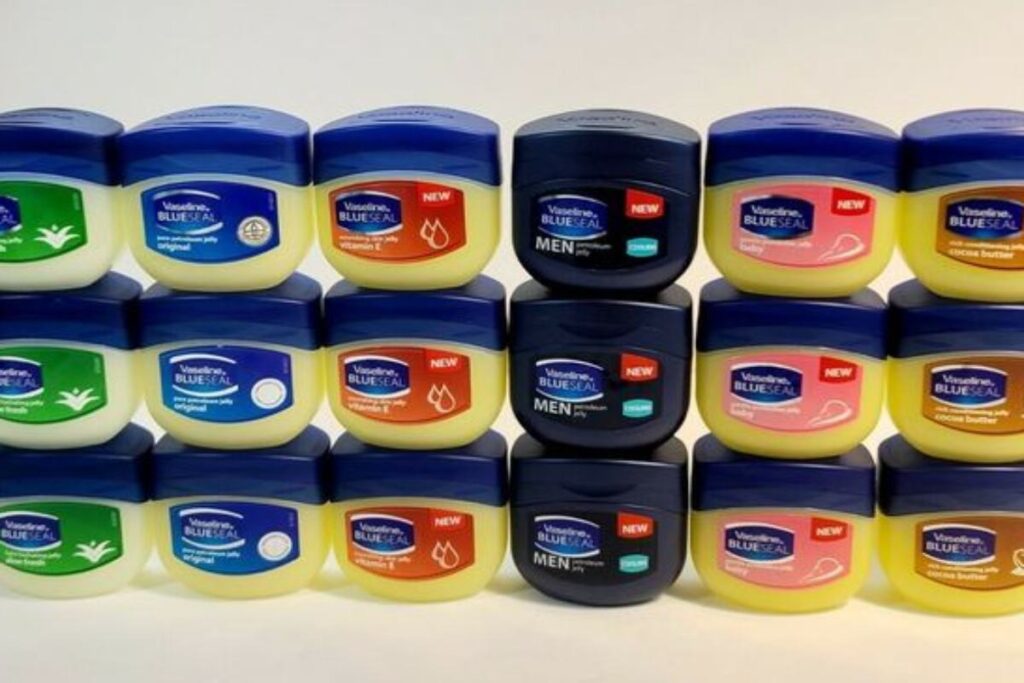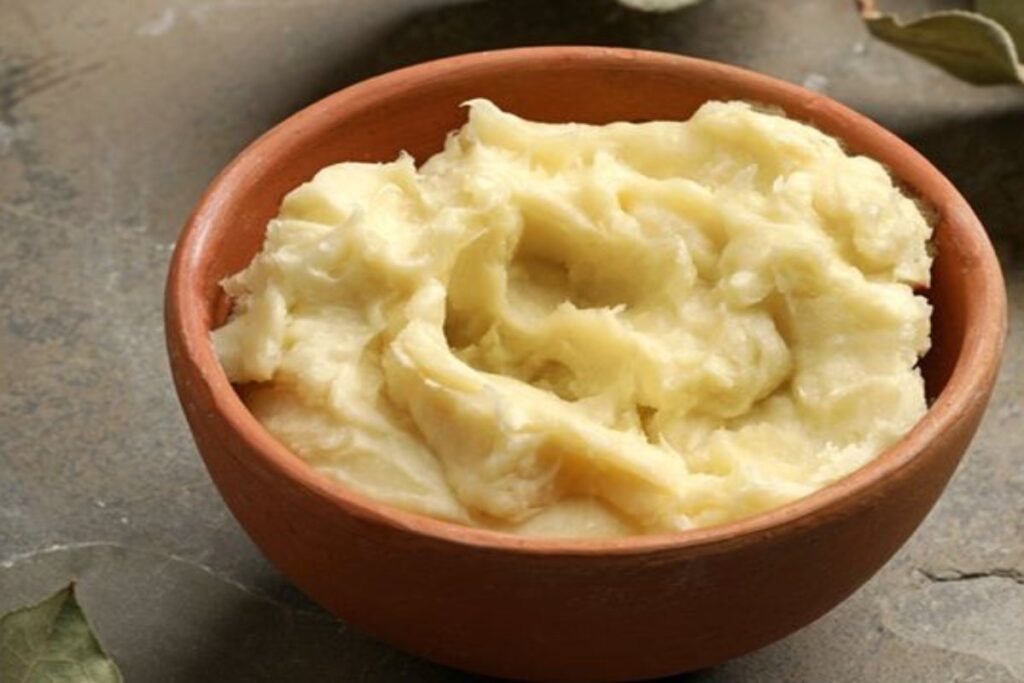
When it comes to skincare and skin management, one prominent option is petroleum jelly. Known for its effective and thick makeup, petroleum jelly has a lot of uses, some very shocking.
This versatile jelly prevents chafing, treats diaper rash, softens facial hair, styles it, and stops squeaky doors. However, amidst its numerous uses, it is most frequently used to hydrate, protect, strengthen, and heal skin.
Many people continue to question whether it is the skin care answer they have been looking for. Although it might be true in most cases, it is also important to know that not everyone will find it effective. Thus, this post aims to provide more clarity on who ought to use petroleum jelly for skin care and who should avoid it.
What Is Petroleum Jelly?
Before diving extensively into its uses and functions, we must first understand petroleum jelly. Also known as petrolatum, petroleum jelly is a semisolid jelly-like substance that is made by combining mineral oils with waxes.
Since its commercial inception in 1859 by Robert Augustus Chesebrough, the product has pretty much stayed the same. Before naming and packaging the jelly as Vaseline, Chesebrough observed oil workers using it to treat burns and wounds.
Petroleum jelly seals skin with a water-protective barrier from its main ingredient, petroleum, aiding skin healing and moisture retention. Its primary component is white petroleum, a refined type of petroleum.
ALSO READ: Thin Eyebrows Are Back, But Are They Here to Stay?
According to Dr. Dustin Portela, “The United States Pharmacopeia-grade petrolatum is pure and refined, so it does not contain any carcinogenic or irritating ingredients.” Dr. Portela is a board-certified dermatologist who founded Treasure Valley Dermatology in Boise, Idaho.

What Is Petroleum Jelly Used For?
As stated earlier, petroleum jelly has many uses and functions, especially when it comes to skincare. One of the most popular uses of the jelly is to treat dry skin, especially your lips and eyelids.
Applying petroleum jelly to dry skin, especially your lips and eyelids, is a good idea because ointments work better and cause less irritation than lotions. To fully maximize the effectiveness of the jelly, application should be done when your skin is still moist.
Another use of petroleum jelly is for treating injured skin. Like the oil workers discovered in the 1850s, it is useful for moistening minor wounds like cuts, scrapes, and scratches. Petroleum jelly is also very effective in preventing chafing, which can result in blisters.
An excruciating skin irritation known as chafing happens when bodily parts rub against one another or clothing. When applying petroleum jelly, target trouble spots like the thighs or feet to avoid chafing.
Additionally, petroleum jelly can be used to treat diaper rash. It also aids nail rehydration, reducing brittleness and keeping your nails from chipping. Even though petroleum jelly has numerous advantages, not every situation calls for its use. If you are prone to acne outbreaks, avoid applying petroleum jelly to your face.
Are Vaseline and Petroleum Jelly the Same?
Vaseline is the brand name of petroleum jelly, discovered in the 1850s by oil workers, who called it “rod wax.” The substance is formed from the byproduct of oil drilling equipment.
Subsequently, in 1859, Chesebrough combined the semi-solid blend of liquid (mineral oil) and solid (paraffin wax and microcrystalline wax) to create a formula he patented and branded as Vaseline.
POLL—Should the Government Increase Taxes on the Wealthy To Reduce Economic Inequality?
Though genuine Vaseline is distinct, people frequently refer to petroleum jelly as “Vaseline.” Petroleum jelly is usually triple-purified to remove impurities, so it is gentle enough to be used on sensitive skin.
When cleansed, it appears semi-transparent and ranges in color from yellow to snow white. It also tastes and smells virtually entirely like nothing.

What Can I Mix With Vaseline To Lighten My Skin?
Most people often wonder what skincare application Vaseline provides, and the answer is a lot. Mixing Vaseline with everyday household items in your kitchen allows you to create several skin treatment options. Depending on your needs, you can cure various skin issues by adding a few simple components to Vaseline.
Mix one teaspoon of Vaseline with one teaspoon of white sugar to create the ideal lip exfoliant. When you want to apply it, use small circular strokes to gently cleanse your lips. Additionally, ensure that you wipe off any excess before applying your usual lip balm.
Apply a mixture of two parts Vaseline to one part coarse salt all over the body in circular motions for silky, smooth skin. Combine five parts Vaseline with five parts fresh milk, then apply to your face to lighten dark spots and even out your skin tone. Let the mask stay for half an hour, then rinse it off.
Additionally, you can get smoother and more radiant skin by combining one egg white, a tablespoon of Vaseline, and a few drops of lemon juice. However, to avoid skin irritation, always perform a quick test on your wrist before general application.
WATCH: Hacks For a Creative Wardrobe Revamp

Is Petroleum Jelly Better Than Shea Butter?
Many people depend on skincare products to maintain the hydration, protection, and health of their skin. Because of its perceived efficacy and affordability, petroleum jelly has long been a preferred option among many.
However, new studies have revealed petroleum jelly’s possible risks, which has led to a move toward safer substitutes like shea butter and shea nut oil.
Raw vitamins A and E, abundant in shea butter and guarding against free radicals that can harm cells, also have numerous health advantages for the skin. Petroleum jelly’s only function is to hydrate the skin before it dries up and to form a barrier against the elements.
You Might Also Like:
Tesla Cybertruck $100K EVs Arrive Covered In Mud and Debris
Richard Simmons’ Cause of Death Revealed
Expert Tips on How to Stay Safe During Earthquakes
Missouri Diocese Investigates ‘Unusual’ Phenomenon involving Missouri Nun Wilhelmina Lancaster
Man With Special Needs Passes Away After His Caretaker Allegedly Left Him Unattended in a Hot Car
